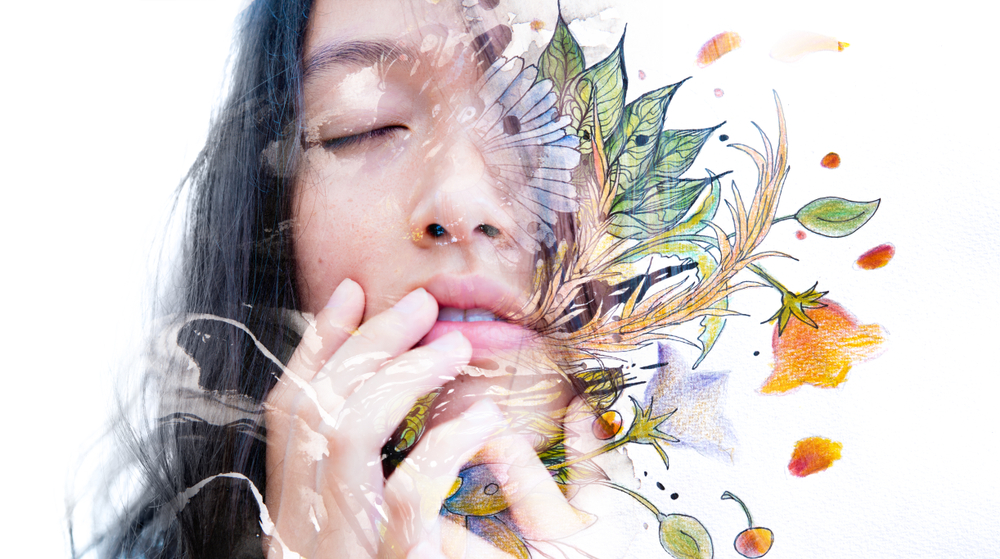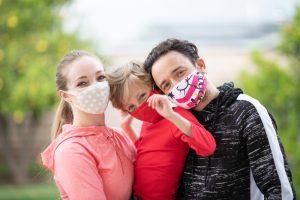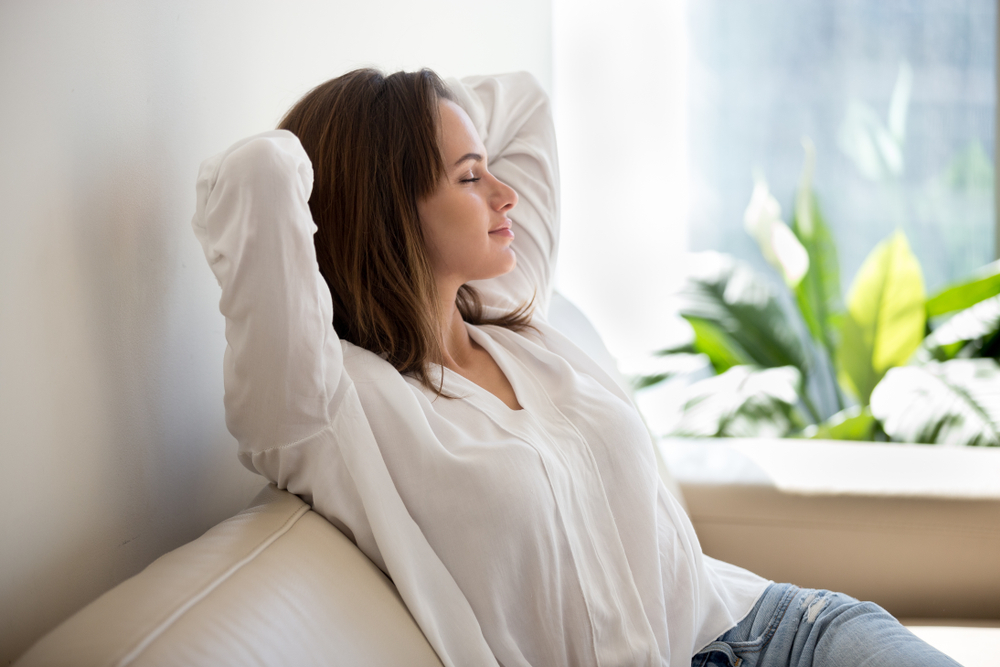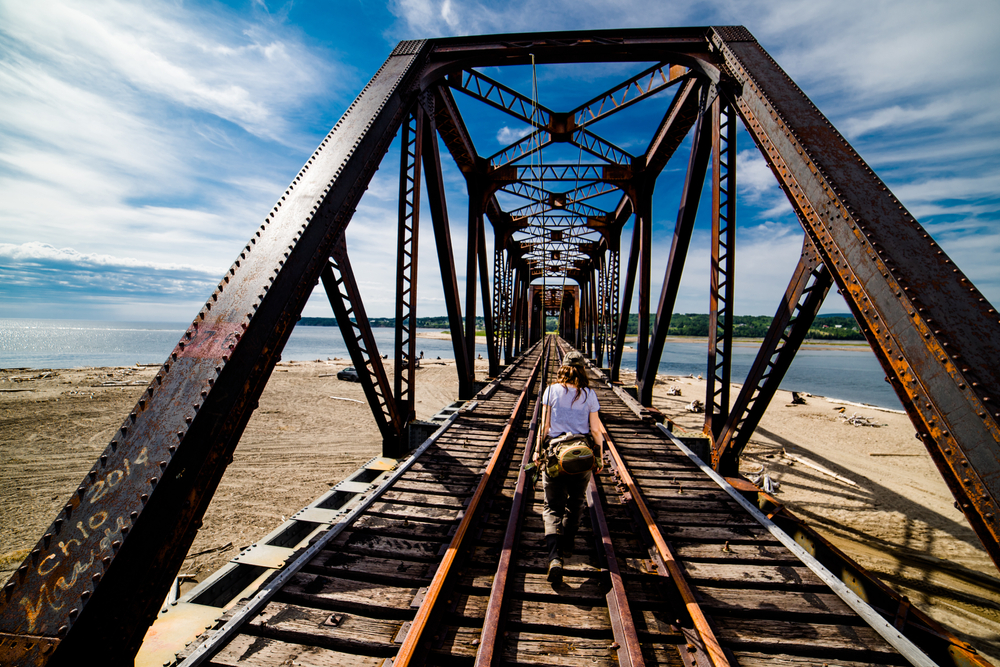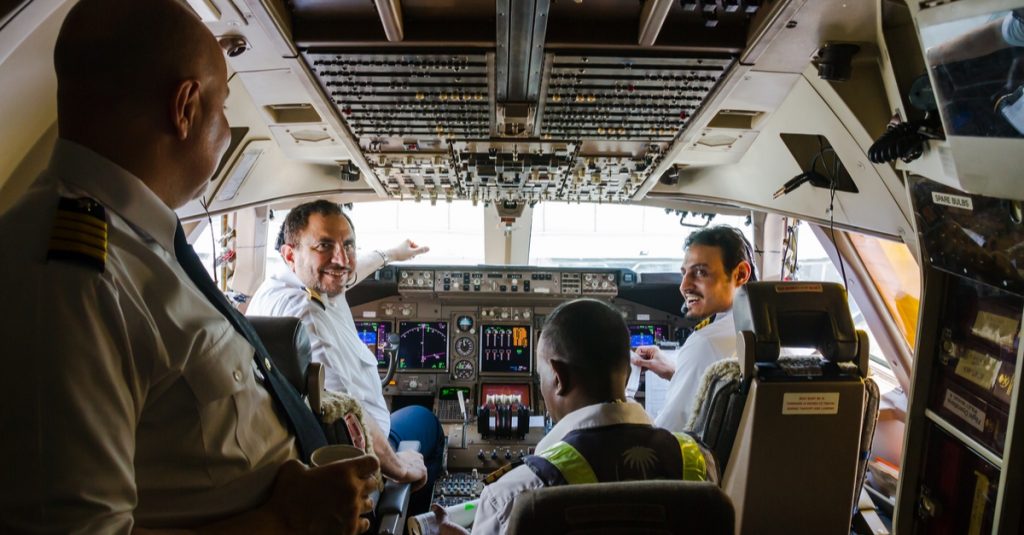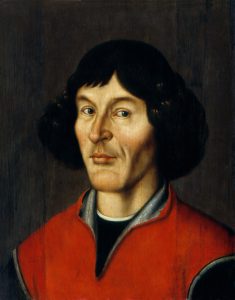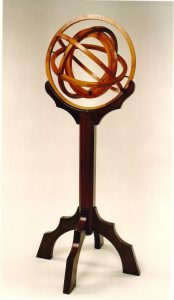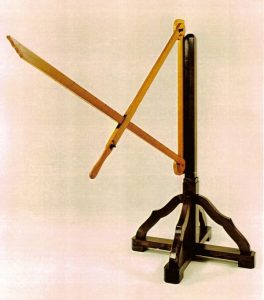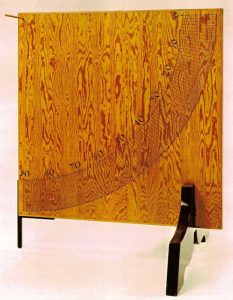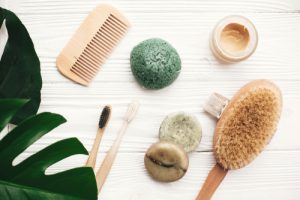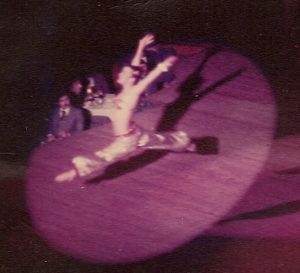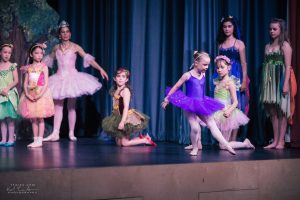The consequences of the COVID-19 pandemic are legion. Many people around the world have tragically died, and families and friends are grieving their unexpected departure. Others have fallen ill and are taking a long time to recover. A great number of people fell ill and have recovered. The majority, however, have not been infected, though their lives have been profoundly affected. We are now all striving towards physical, mental and community wellness, and a return to normality. We are preparing to face the challenges of daily life that sustain our health, however demanding these may be.
In its quest to stay safe, the entire planet has suspended its everyday activities, except those on which lives depend.
As we come to the end of May 2020, the situation in the UK seems to be easing, and we are trying to get over the shock and fear the coronavirus has generated. Most of us have been frightened in one way or another because we have been confronted with an unforeseen catastrophe. Many of us became distressed and helpless, as the rhythm and flow of our daily lives were interrupted. The aim is now health for all. Everyone is doing their best, quietly and with dignity, to heal the wounds. We care for each other and feel concern for our families, friends, and strangers. This is expressed in different ways by different people.
Some pay scrupulous attention to the wearing of face masks because they believe they are protecting themselves and those around them; others do not, because they feel the need and importance to be normal. However we choose to behave, we all want to contribute to wellbeing, and we all are taking chances with our choices. There is no doubt that we are all trying hard to combat the odd and the unnatural.
We, as individuals, listen to our reason, to the experts’ advise, and to our leaders’ advise; we also listen to our common sense, knowledge, and instincts. However, the latter cannot always be acted upon. We try our best under the circumstances. In our striving towards health and wellbeing, we need to be cautious about acting unwittingly. Stopping the whole world at once may have more than just economic consequences. For instance, spraying whole towns with chemicals may prevent the spread of the virus, but may also harm nature in ways unbeknown to us.
Whatever we do to protect ourselves from the spread of the infectious disease, we also need to remember to protect ourselves from becoming abnormal. We need to stay normal. Self – discipline and self – protection are crucial in the fight against COVID-19. Acquiring new hygiene habits is a necessity, and being able to avoid the excesses of those habits at the right time is an art. Human interaction is an everyday and vital commodity for wellbeing, and it must not be damaged by long-term social distancing. We must embrace the reasoning and actions that are required from us to stop the spread of the disease, but we must also remember the need to move towards what is normal, virtuous, and healthy.
Indeed, we need to be considerate towards those who want to be active and creative during lockdown and those who just want to make sure that they get through the day, as Julia Giannini, the Head of Sustainability ITV, pointed out during her interview with Julie Reid, on planetShine’s Talks on Life and Lockdown: “ As a society we go through a communal mourning and a communal shock and it is OK to feel you cannot achieve anything else than: get up, get through the day, go to bed in the evening and still be OK and still be in one piece.” “…There is so much more to take from sitting back and just living in the moment.”(watch the video below)
We need to be respectful of, or at least tolerant towards, each other’s responses to the situation, and to be slow to criticise and judge.
Normal is where health is, and this is the direction to go. Observing ethics helps us to guide us there. This is where our wellness is and this is where and when life carries on; this is where our values are, protecting us and giving us a good quality of life; this is where we can feel happy and content. This is where the good world is. This is where our wellbeing is.


